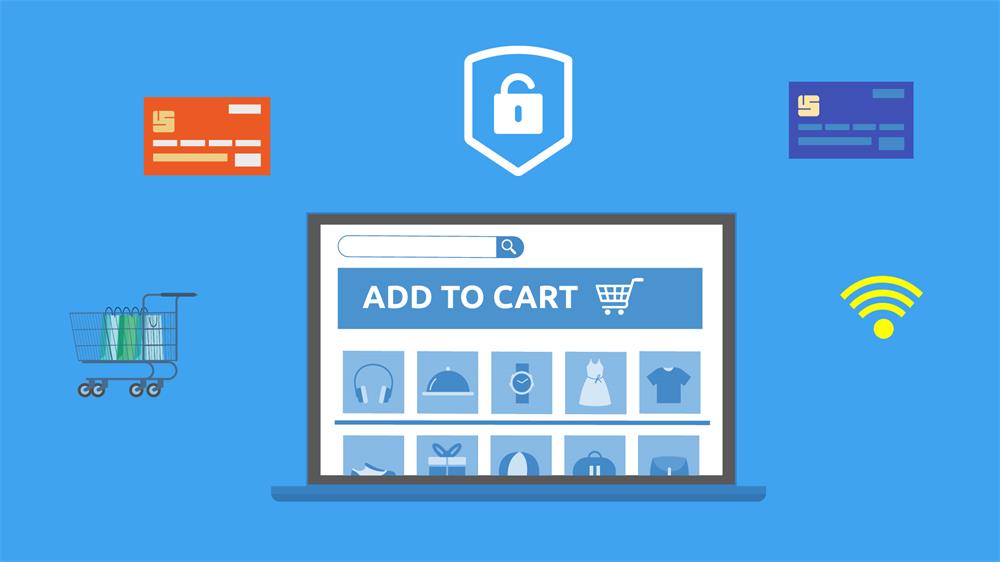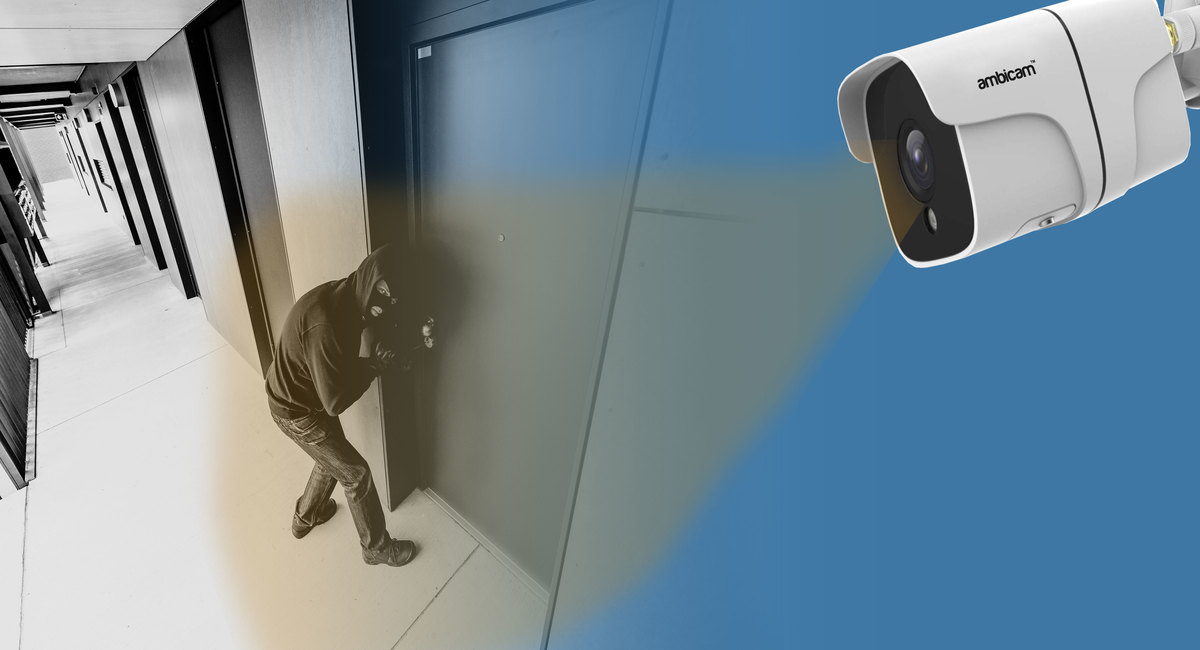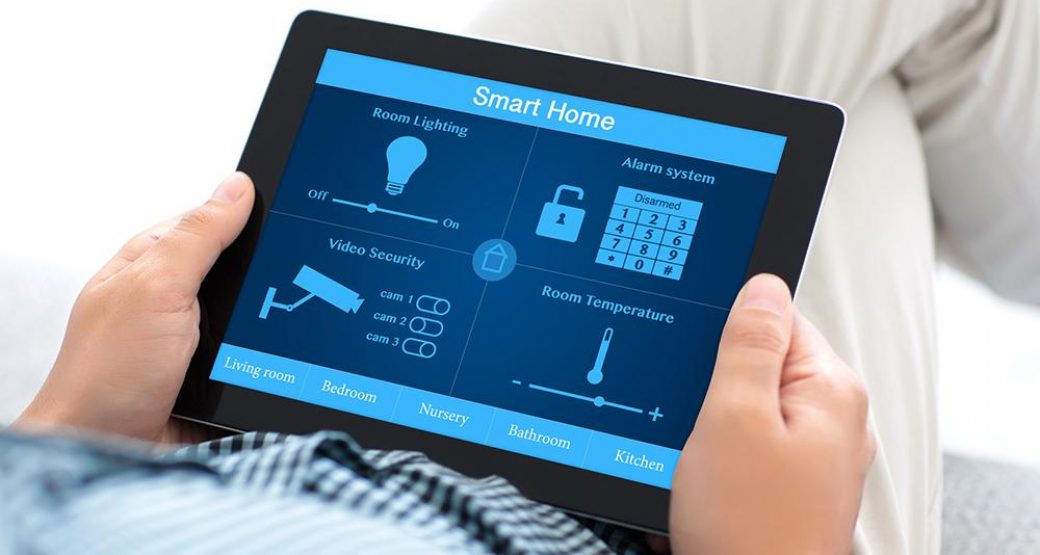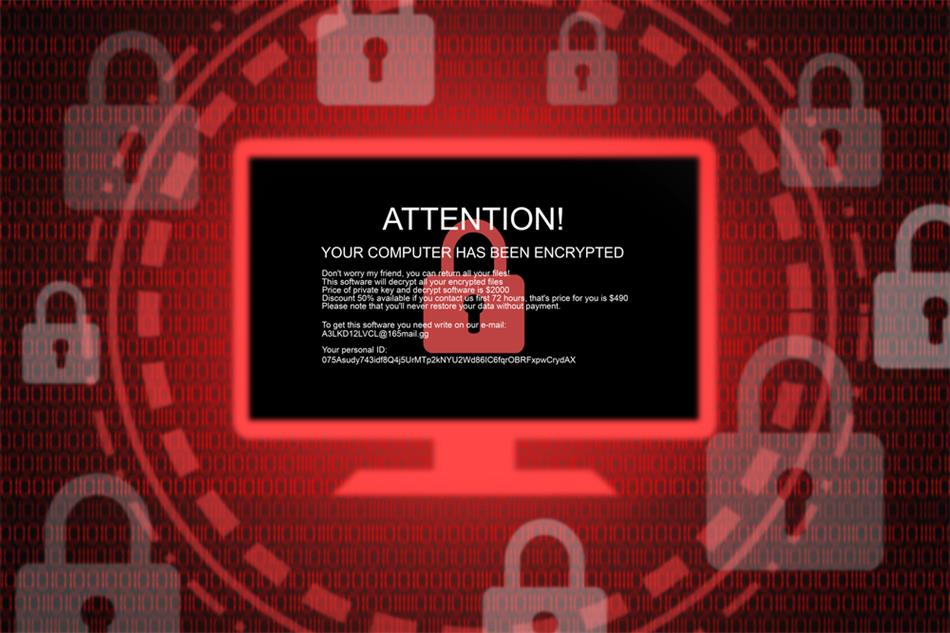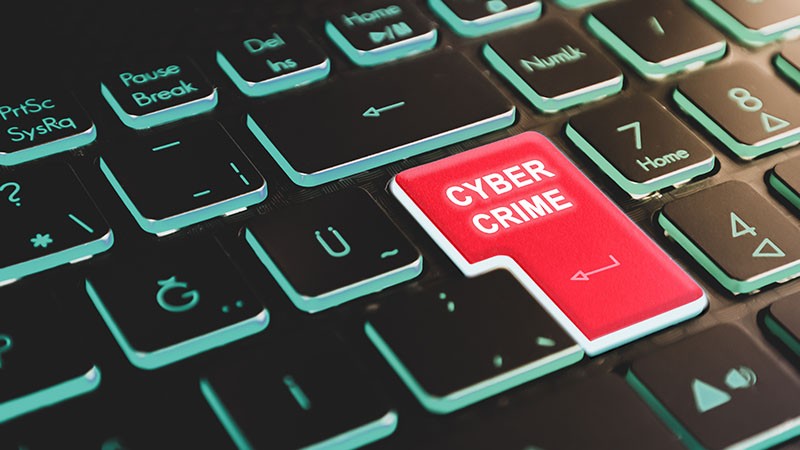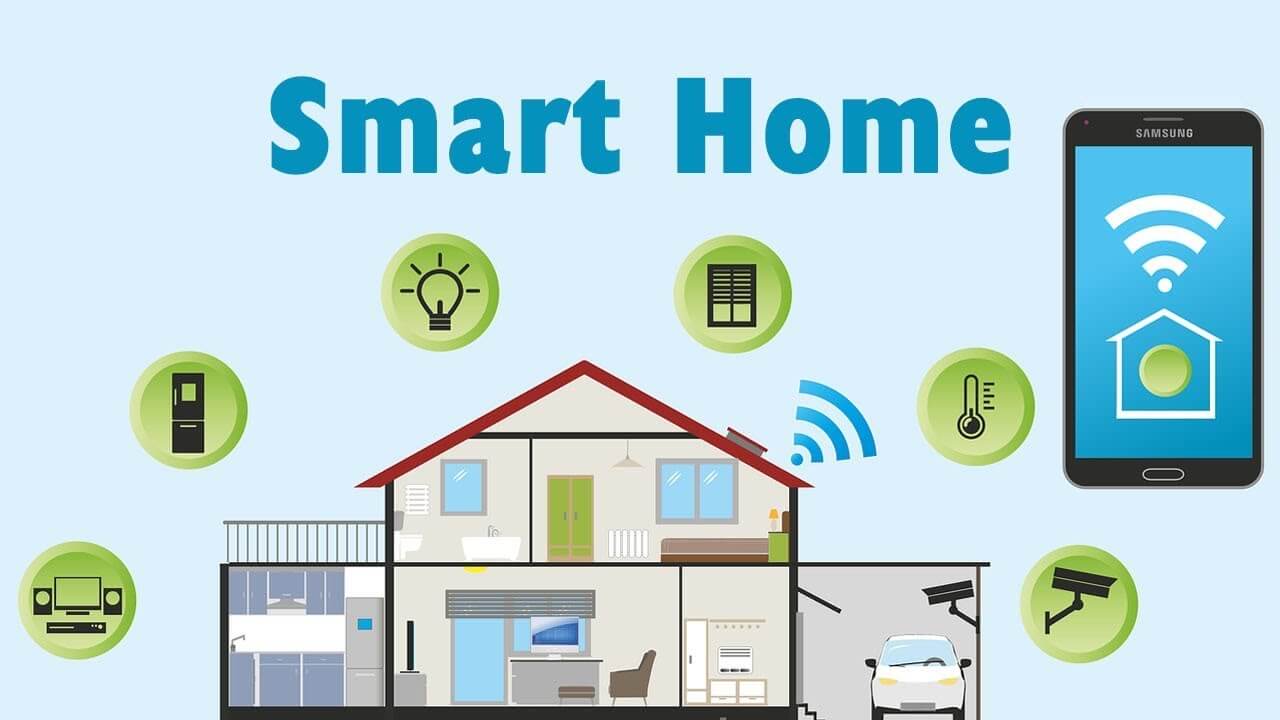Contents
- 1 The Importance of Online Security
- 2 Overview of What the Article Will Cover
- 3 The Importance of Strong Passwords
- 4 Tips for Creating Strong Passwords
- 5 Conclusion
- 6 Two-Factor Authentication: Adding an Extra Layer of Security
- 7 Avoiding Phishing Scams
- 8 Using Secure Networks
- 9 Keeping Software Up-to-date
- 10 Checking Your Accounts Regularly
- 11 Conclusion
The Importance of Online Security
In today’s digital age, online banking and shopping have become an integral part of our daily lives. With the convenience and accessibility that these services offer, it’s no surprise that more and more people are turning to them for their financial needs.
However, with this convenience comes a need for heightened security measures to protect your personal information and finances. Without proper security measures in place, cybercriminals can easily gain access to your sensitive information and use it for fraudulent activities.
This includes stealing your credit card details, login credentials, social security number, or other personal information that can be used for identity theft. The consequences of falling victim to such scams can be severe.
You could lose money from your bank account or incur charges on your credit card that you didn’t authorize. In some cases, it could even result in lasting damage to your credit score or financial reputation.
This is why it’s crucial to take online security seriously when using these types of services. By implementing best practices for online banking and shopping security, you will significantly reduce the chances of becoming a victim of cybercrime.
Overview of What the Article Will Cover
In this article, we’ll cover essential strategies you should consider when aiming to keep yourself safe while conducting financial transactions online. We’ll start by discussing how creating strong passwords can deter attackers from accessing your accounts even if they get hold of one password.
Next up is two-factor authentication [2FA], which adds an extra layer of protection by requiring verification through various means like SMS codes or biometric identification (fingerprint/face recognition). We will then go over how phishing scams attempt to trick users into giving up their account information and what you can do about them while also explaining secure networks [such as HTTPS] which encrypt traffic between web servers and browsers preventing sniffing attacks.
Staying up-to-date with software updates is crucial since unpatched software can easily be exploited by attackers. We will discuss the importance of regularly monitoring your accounts to spot suspicious activity early on and how to do so effectively.
The Importance of Strong Passwords
When it comes to online security, having strong passwords is one of the most basic and important steps you can take. A strong password is essential because it’s the first layer of defense against hackers who may try to gain access to your accounts. They’re also important because many people use the same password for multiple accounts, which can make it easier for a hacker to access multiple accounts if they guess or steal your password.
A strong password is usually at least 8 characters long, and includes a mix of upper and lowercase letters, numbers, and symbols. It’s best to avoid using common phrases or easy-to-guess words like “password” or “1234”.
One tip for creating a strong password is to use a random combination of letters, numbers, and symbols that don’t have any personal meaning. You can use a password manager like LastPass or Dashlane to generate secure passwords and securely store them.
Tips for Creating Strong Passwords
Creating a strong password doesn’t have to be complicated or time-consuming. Here are some tips that will help you create secure passwords:
1. Avoid using personal information: Don’t include personal information like your name, birthdate or address in your password.
2. Use complex combinations: A good way to create complex combinations is by substituting numbers and symbols for letters in words (e.g., “p@ssword” instead of “password”).
3. Length matters: The longer the password, the tougher it will be for someone else to crack it.
4. Use different passwords: Don’t use the same password across multiple websites since this makes all your accounts vulnerable if one falls prey.
5. Update regularly: Change your passwords at least every three months.
6. Enable two-factor authentication as an extra layer of protection
Just remember that creating strong passwords is only one step in keeping your online accounts secure. You should also be cautious about where you enter your password, and use two-factor authentication whenever possible.
Conclusion
Creating strong passwords is a simple yet effective way to protect your online accounts from hackers. By following the tips outlined here, you can create passwords that are difficult to guess and help keep yourself safe from cybercrime.
Two-Factor Authentication: Adding an Extra Layer of Security
In today’s increasingly digital world, it’s important to take extra steps to protect your online banking and shopping accounts. One of the best ways to do this is by setting up two-factor authentication.
Two-factor authentication adds an extra layer of security beyond just a username and password, making it much harder for hackers to gain access to your accounts. In this section, we’ll explain what two-factor authentication is and how you can set it up on various platforms.
What is Two-Factor Authentication?
Two-factor authentication (also called 2FA or multi-factor authentication) requires a user to provide two different types of identification in order to access their account. The first factor is usually a traditional username and password combination, while the second factor can be something like a fingerprint scan, facial recognition, or a code that’s sent via text message or generated by an app.
The idea behind 2FA is that even if someone manages to obtain your password (either through hacking or social engineering), they won’t be able to log in unless they also have access to the second factor. This makes it much harder for someone malicious to gain access.
How To Set Up Two-Factor Authentication
Setting up 2FA varies depending on which platform you’re using. Here are some general guidelines: For Online Banks:
Most banks offer some form of 2FA. Some will send you a text message with a one-time code every time you log in from an unrecognized device, while others may require you to use an authenticator app like Google Authenticator or Authy. Check with your bank’s website or customer service department for instructions on how to set up 2FA. For Shopping Sites:
Many popular shopping sites like Amazon, eBay, and Etsy offer 2FA as an option. You’ll typically need to go into your account settings and look for a section labeled “Security” or “Two-Factor Authentication.” From there, you’ll be guided through the process of choosing a second factor and setting it up. For Social Media Sites:
Social media accounts are often a target for hackers, so it’s recommended that you use 2FA whenever possible. Facebook, Twitter, and Instagram all offer some form of 2FA.
Again, check your account settings for options. Two-factor authentication is an important tool for protecting your online accounts from hacking attempts.
By requiring two forms of identification, you can significantly reduce the risk of unauthorized access. Be sure to set up 2FA wherever possible and take advantage of this extra layer of security!
Avoiding Phishing Scams
Definition of Phishing Scams
Phishing scams are fraudulent attempts by scammers to obtain sensitive information, such as usernames, passwords and credit card details. They usually target individuals and try to trick them into providing personal information by posing as reputable sources.
The perpetrators can use this personal information for financial gain or identity theft. Some of the most common ways phishing scams are executed is through emails that look like they come from reputable companies or institutions, pop-up windows on fake websites, or phone calls from people claiming to be representatives of financial institutions.
Tips for Identifying and Avoiding Phishing Scams
Here are some tips to help you identify and avoid phishing scams:
1. Verify the sender: Before clicking on any links or downloading any attachments, make sure you know who sent the message.
Check if the email matches the domain name of the company it claims it’s from.
2. Don’t give out personal information: Never give out your confidential details like your login credentials, social security number or credit card numbers via email or through unknown websites.
3. Check for errors: Be wary of grammar mistakes or typos in emails – legitimate emails from reputable businesses are typically proofread before distribution.
4. Look out for urgency: Scammers often employ scare tactics that make you feel like you have little time to act before something terrible happens – this is a sign that it could be a phishing scam.
5. Use a spam filter: This will automatically block suspicious messages before they reach your inbox. Phishing scams are on the rise and can lead to serious consequences if not detected early enough.
By familiarizing yourself with these tips and being vigilant about suspicious activity online, you can help avoid falling victim to these fraudulent schemes. Stay safe while shopping online by keeping an eye out for anything fishy and always double-check before sharing any of your personal information.
Using Secure Networks
The Importance of Using Secure Networks When Banking or Shopping Online
Online banking and shopping have become increasingly popular in recent years, but with that convenience comes potential risks. One of the most significant risks is the possibility of falling victim to a cyber attack. However, you can significantly reduce your chances by ensuring that you are using secure networks.
A secure network provides an additional layer of protection when you’re banking or shopping online. But what is a secure network?
Essentially, a secure network is one that encrypts your data as it travels over the internet, making it difficult for hackers to intercept and read it. Many banks and online retailers offer their own secure networks, but you can also use Virtual Private Network (VPN) services to encrypt your data.
How to Ensure You Are Using a Secure Network
Using a secure network is crucial when banking or shopping online because if your information falls into the wrong hands, it could lead to identity theft or financial loss. Here’s how you can ensure that you’re using a safe network:
1. Check for “https” in the website URL: Look for “https” instead of just “http” in the website’s address bar before entering any personal information on the site.
2. Use public Wi-Fi only with caution: Public Wi-Fi networks are often not very secure, so avoid accessing your accounts while connected to one unless absolutely necessary.
3. Verify the security of public Wi-Fi: If there’s no other option but to use public Wi-Fi, make sure that it’s password protected and has WPA2 encryption enabled.
4. Enable firewall protection on all devices: Firewall protection helps prevent unauthorized access to your computer while connected to any type of network. By following these tips and being aware of potential threats when banking or shopping online, you can better protect yourself from cyber attacks and enjoy a safer online experience.
Keeping Software Up-to-date
The Importance of Keeping Software Up-to-date
It’s crucial to keep your software up-to-date to ensure that your online banking and shopping activities remain secure. Updates often include patches for vulnerabilities that cybercriminals may exploit to gain access to your personal information.
Failing to update your software on time exposes you to risks that can cause data theft, identity theft, or other forms of financial losses. Updating software also enhances the functionality of the apps on your device, which can improve their performance and fix bugs that could affect their operation.
It may also add new features or improve existing ones, making them easier and more convenient for you to use. Some platforms like Windows 10 have an automatic update feature enabled by default.
However, some users prefer not to use this feature as it can be intrusive at times. If you’re one of those users who disable automatic updates, it’s essential that you keep track of update notifications for each application or program installed on your device manually.
How to Update Software on Various Devices
Updating software varies depending on the device you’re using. For instance, updating Windows 10 is different from updating an iPhone operating system (iOS). Here are a few general guidelines:
For Windows devices: – Click on Start menu
– Select “Settings” – Choose “Update & Security”
– Click on “Windows Update” – Click “Check for updates”
For iOS devices: – Open “Settings” app
– Tap “General” – Choose “Software Update”
– Select “Download and Install” For Android devices:
– Open the Google Play Store app – Tap the three horizontal lines in the upper left corner
– Choose My apps & games – Find any available updates listed under Updates
It is important always to download updates from verified sources such as app stores provided by the manufacturer. Avoid downloading software from third-party websites, as these sites may contain malware disguised as software updates.
Keeping your software up-to-date is a critical aspect of maintaining online security. Regularly checking for available updates and installing them promptly is a simple yet effective way to protect yourself from cyber threats and improve your device’s functionality.
Checking Your Accounts Regularly
It’s important to regularly check your online banking and shopping accounts for any suspicious activity. By monitoring your accounts, you can quickly catch any unauthorized transactions and protect yourself from fraud.
Checking your accounts regularly also helps you keep track of your spending and budget more effectively. A good rule of thumb is to check your accounts at least once a week.
This way, you can stay on top of any activity and catch anything out of the ordinary before it becomes a bigger problem. Be sure to look for any unusual transactions or charges, especially those made from unfamiliar locations or merchants.
Tips for Monitoring Your Accounts Effectively
To effectively monitor your online banking and shopping accounts, try implementing these tips:
- Set up alerts: Most financial institutions and shopping websites offer alert options that notify you via email or text when there is suspicious activity on your account. Set up alerts for large transactions or any purchases made outside of usual spending patterns.
- Review statements carefully: Take the time to carefully review all account statements each month to ensure everything looks accurate. If something seems off, investigate it immediately.
- Use budgeting software: Many budgeting software programs allow you to connect directly with your online banking accounts, making it easy to view all transactions in one place. This can help you easily track spending patterns over time and identify any issues early on.
- Maintain strong passwords: As previously discussed in this article, maintaining strong passwords is crucial for protecting all of your online accounts including banking and shopping sites. Consider using a password management tool to store complex passwords securely in one place.
Checking your online banking and shopping accounts regularly is an important part of maintaining good financial health. Be sure to monitor your accounts effectively by setting up alerts, reviewing statements carefully, using budgeting software, and maintaining strong passwords. These simple steps can help you catch any fraudulent activity early on and protect yourself from potential financial loss.
Conclusion
In today’s digital age, online banking and shopping have become an integral part of our daily lives. However, with the convenience of these services comes the risk of cyber-attacks and fraud.
It’s essential to take precautions to ensure that your financial information remains safe and secure. In this article, we covered several best practices for keeping your online banking and shopping secure.
We started by discussing the importance of creating strong passwords. Weak passwords can be easily cracked by cybercriminals, leaving your accounts vulnerable to attack.
We provided tips on how to create strong passwords such as using a mix of letters, numbers, and symbols. Two-factor authentication was another critical topic we covered in this article.
By enabling two-factor authentication on your accounts, you add an extra layer of security beyond just a password. We explained how to set up two-factor authentication on various platforms such as Gmail and Facebook.
We also discussed the importance of avoiding phishing scams. These scams are designed to trick you into revealing sensitive information such as usernames and passwords through cleverly crafted emails or messages.
We provided tips for identifying phishing scams and how to avoid them. Using secure networks is another crucial factor in keeping your online financial transactions safe from hackers.
We explained what secure networks are and how you can ensure that you’re using one when banking or shopping online. We emphasized the importance of keeping software up-to-date and regularly checking your accounts for any suspicious activity.
By following these best practices, you can significantly reduce the risk of cyberattacks when conducting online financial transactions. Stay safe out there!

